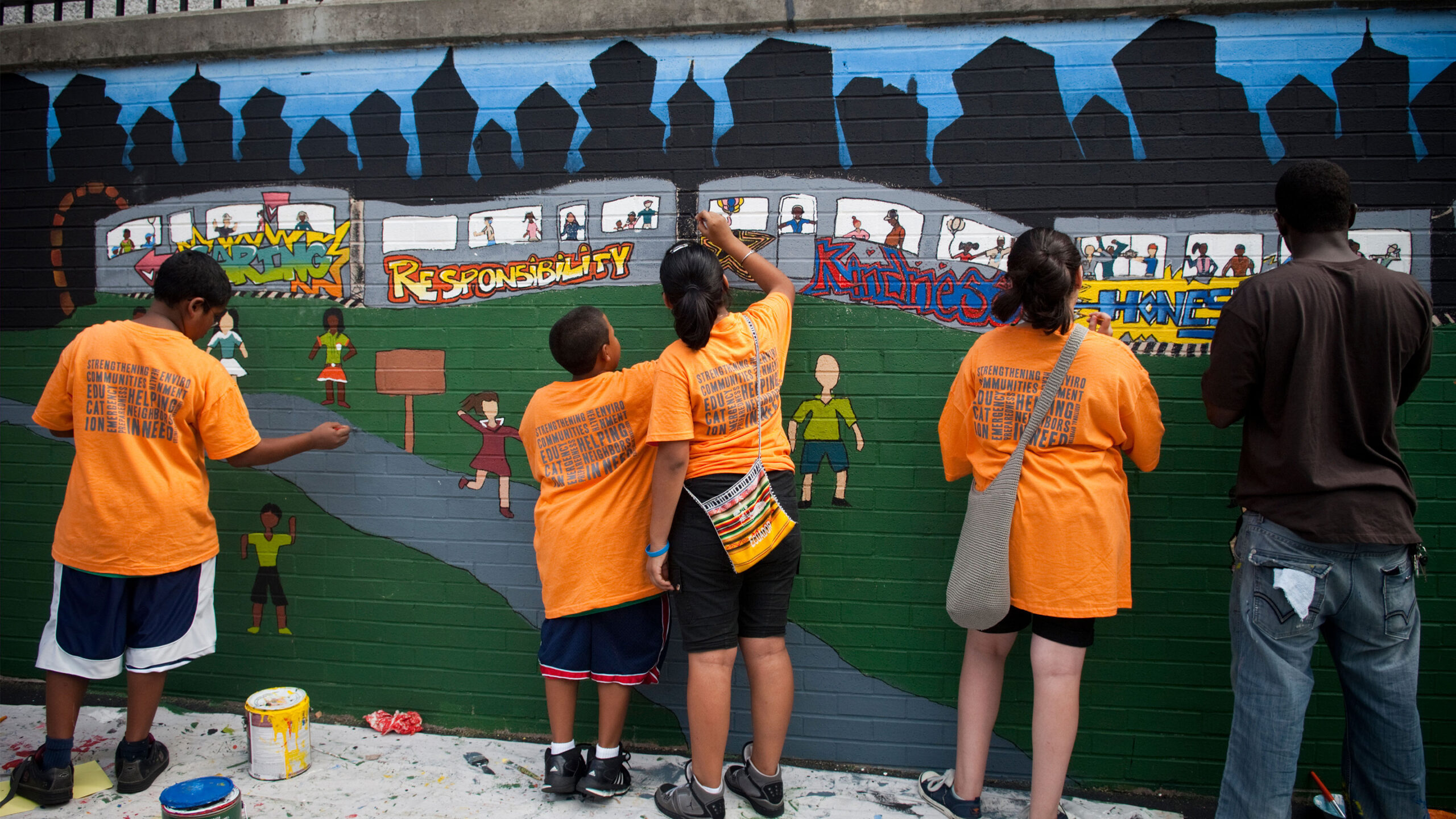Reflecting on the tenets that shape our educational practices is fundamental for …
Supporting Student Voice and Agency: Strategies for School Leaders
Carlos Changemaker

In the view of many educators, “Students are the focal point of our endeavors.” As a school administrator, my aim is to actualize this principle in our daily operations. Each decision we make, from organizing teacher schedules and professional development sessions to staffing extracurricular activities and planning enrichment outings, directly affects our students.
These various responsibilities necessitate collective efforts to ensure that students’ experiences are enriching, authentic, and contribute to their development. However, traditional educational approaches often position students as passive recipients of these experiences.
Within my leadership team, we strive to foster a more interactive learning environment for students. Shouldn’t students have a say, a platform, and a role in decisions that impact them? Empowering students to take charge has enhanced our school ethos, shaping the next cohort of leaders. Here’s a glimpse of how student-led systems can be integrated into your school.
Student-driven conferences
In recent times, there has been a shift from conventional parent-teacher conferences to student-led conferences (SLCs). As educators, regardless of our backgrounds, we emphasize empowering young individuals to become self-sufficient, assume responsibility, and cultivate leadership skills.
I have observed various SLC models in different school settings, all of which provide students with a platform to showcase their progress to their parents and guardians. For guidance on initiating SLCs, I recommend reading Paul Emerich France’s article on Edutopia titled “Getting Started With Learner-Led Conferences.”
As administrators, it is our duty to ensure that teachers are well-equipped to support students effectively and establish efficient systems. SLCs not only empower students and promote reflective practices but also help families gain insights into their child’s progress directly from the child—with the guidance of a teacher, advisor, or administrator.
Student Tribunals
Many schools have embraced more restorative disciplinary approaches. According to 2019 reports, schools across the U.S. witnessed notable declines in suspensions and disorderly conduct incidents. Another student-led initiative, the student tribunal, allows students to assess their peers’ transgressions.
While this system is not suitable for major infractions, I have found tribunals, often known as peer courts, to be effective for handling minor offenses like disruptive behavior in class.
Providing students with a platform enables them to take an active interest in their peers’ development and helps peers understand the importance of self-regulation. Sean Sauro’s insights on the benefits of a student-led youth court process offer valuable perspectives on this model.
Similar to the collaborative work students engage in within the classroom, they also appreciate learning from their errors by receiving feedback from their peers. Following a peer “trial,” one student at my school shared her thoughts: “It was a bit nerve-wracking with your peers watching you. I believe the sanctions they imposed were fair. It feels different when peers of your age discuss your mistake. It prompts deeper reflection, making me more cautious about repeating the error.”
Commencing this initiative necessitates meticulous planning:
- First and foremost, defining the infractions that students will present to their peers is crucial. Establish clear boundaries on what issues are subject to peer review.
- Next, select a group of students trained to participate in the tribunal system. Consider engaging students from the student government club or other interested individuals.
- Conduct practice sessions with mock infractions and fine-tune the system as necessary.
We hold student tribunal sessions twice monthly, allowing students to review disciplinary matters, collaborate with peers on potential outcomes, and receive feedback from supervising teachers.
By supporting teachers and staff interested in overseeing this process, school leaders can enhance capacities, reshape school culture, and amplify students’ voices. To explore the workings of this system further, refer to resources such as the Teaching Channel’s video on Youth Court and the account of a class-designed school justice system in Massachusetts.
Student-led Initiatives
I’ve witnessed how student-led projects can transform school dynamics. For instance, a student-run newspaper provides a platform for students to voice their opinions, raise pertinent issues, and share their viewpoints with the school community while reinforcing literacy skills.
Students select topics of interest, conduct interviews with school and local community members, and offer valuable insights. Newspaper clubs have shed light on school matters, identifying areas for improvement that might have otherwise been overlooked.
Community service projects not only amplify students’ voices but also demonstrate their actions. Enabling students to contribute, exhibit leadership, show compassion, and effect change in their surroundings is empowering.
During the summer, students collaborated to identify a significant schoolwide community service project for the upcoming year. Each grade assumed specific responsibilities, established timelines, and developed benchmarks outlined by the community service team. That year, students raised funds and enhanced resources for a school located 2,000 miles away.
Projects can range from simple acts like sending cards to veterans, fundraising, or organizing campaigns for a cause. As a school leader championing this effort, consider identifying teachers or staff members to lead these endeavors. Provide support through coaching in community service, professional development opportunities, or surveys to ascertain student interests. When students have a voice and choice, it’s a collective victory.
Whether implementing SLCs, student tribunals, service projects, or new clubs, prioritize student involvement. Seek their input and create platforms for them to share their experiences and perspectives. Strive to foster a school culture that mirrors the diversity of its student body. It is incumbent upon us to cultivate environments where students learn not only from teachers but also from each other.



